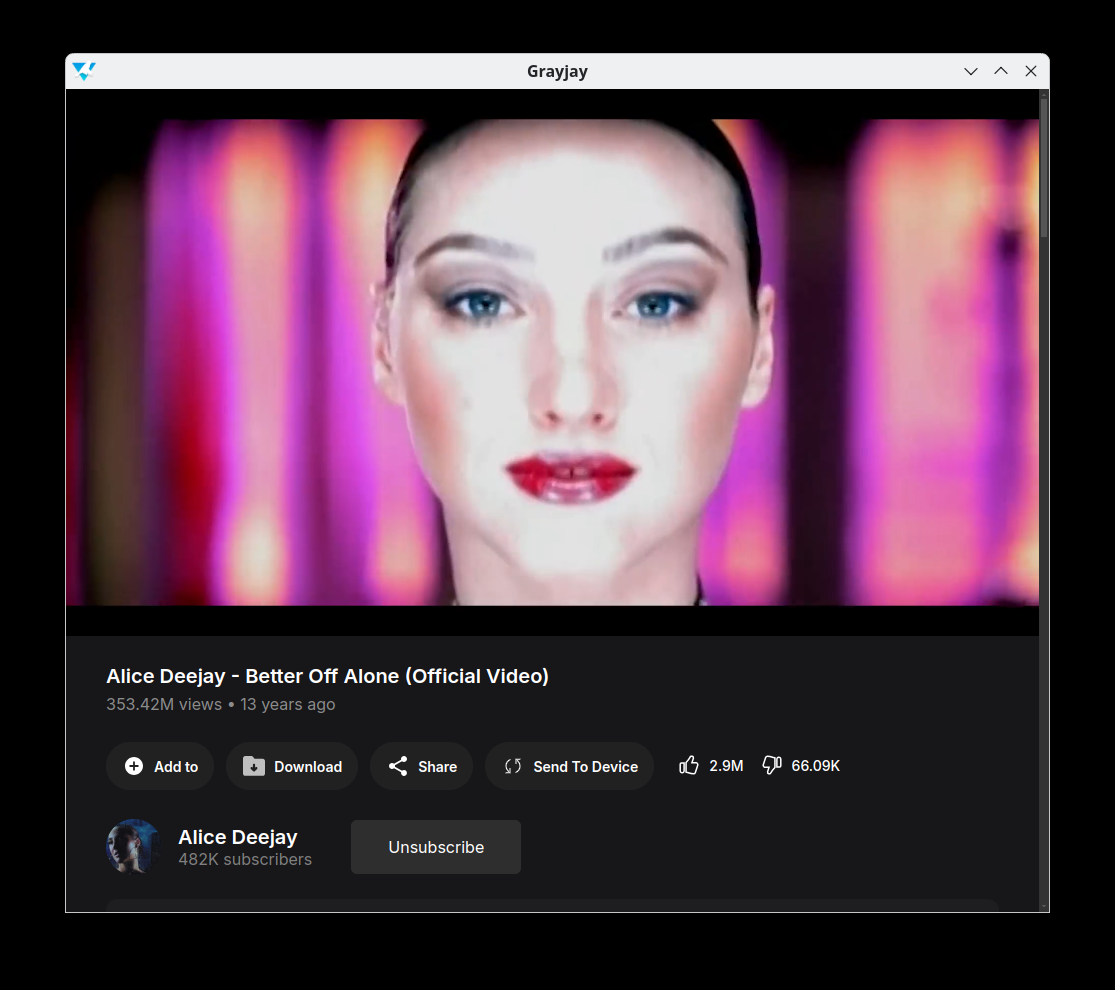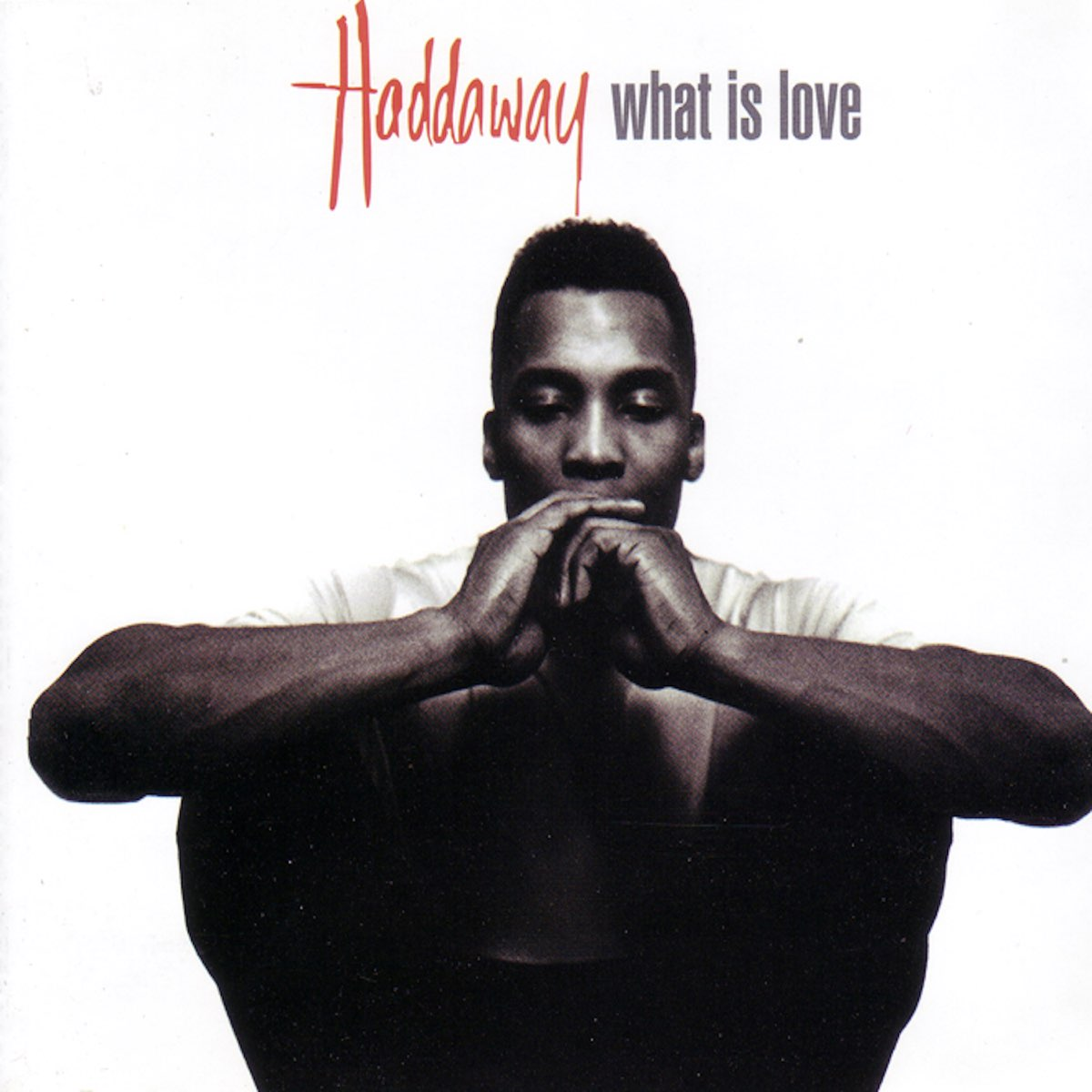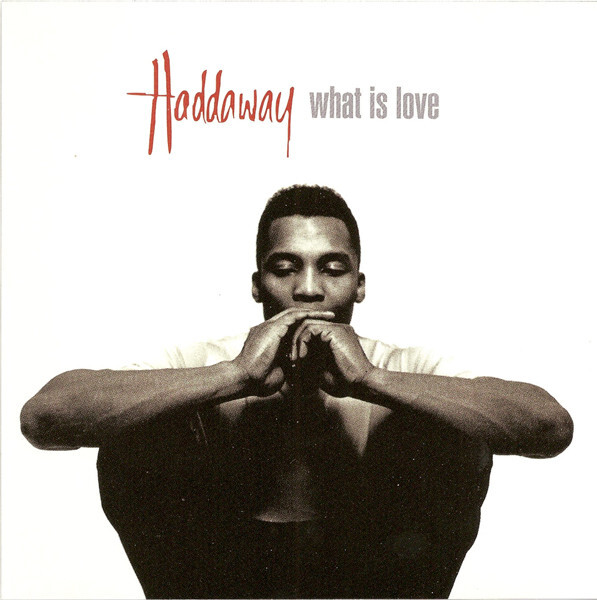Update:
This post started as "Petition to the European Union: Transitioning Social Media Presence to the Fediverse" but seems to be clear that what we need is actually an ECI as petitions works different in the EU compared to some local governments. For more information see this link: https://citizens-initiative.europa.eu/_en
I currently looking to create a Group of Organizers as the ECI required that before doing anything else.
Please, send me a message if you are interested, I will get back to you as soon as I can.
According to the official website, the requirements are:
- It must contain at least 7 people old enough to vote in elections to the European Parliament
(18 years old, except in Belgium, Malta and Austria where the voting age is 16, and Greece where it’s 17).
- They must be living in at least 7 different EU countries. They must be EU nationals but don’t have to be nationals of 7 different EU countries. For example, the group could contain 3 Portuguese and 4 Lithuanian nationals, provided they’re living in 7 different EU countries.
- None of the minimum 7 can be Members of the European Parliament.
Thanks!
Hello everyone,
We are writing a petition to the EU to transition as soon as possible their social media to the Fediverse. We will leave the text here for everyone to put comments and help having the best and effective test possible. This text was already presented to other small communities.
To: The European Commission and Members of the European Parliament
We, the undersigned, are citizens of the European Union who believe in the values of transparency, decentralization, and user empowerment. We submit this petition to urge the European Union to transition its social media presence to the Fediverse, a decentralized network of interconnected social media platforms.
Reasons for Transitioning to the Fediverse:
Decentralization and User Control: The Fediverse operates on a decentralized model, allowing users to have greater control over their data and online interactions. By moving to this model, the EU can set a precedent for digital sovereignty and user empowerment.
Enhanced Privacy and Security: The Fediverse prioritizes user privacy and data protection, aligning with the EU’s commitment to the General Data Protection Regulation (GDPR). This transition would demonstrate the EU’s dedication to safeguarding citizens’ personal information.
Fostering Innovation: By engaging with the Fediverse, the EU can support open-source technologies and encourage innovation in social media. This move would promote a diverse ecosystem of platforms that prioritize user needs over corporate interests.
Combatting Misinformation: The decentralized nature of the Fediverse allows for more community-driven moderation and content curation. This can lead to more effective strategies for combating misinformation and fostering healthy public discourse.
Promoting Inclusivity: The Fediverse is built on principles of inclusivity and accessibility. By adopting this model, the EU can ensure that all citizens have a voice and can participate in democratic processes without the barriers often present in traditional social media platforms.
Proposed Actions:
Conduct a feasibility study on transitioning the EU’s social media presence to the Fediverse.
Engage with stakeholders, including citizens, tech experts, and civil society organizations, to explore the best practices for this transition.
Develop a strategic plan for implementing the transition, including timelines, resources, and potential challenges.






I think what we are missing is some sort of "unify onboarding portal"